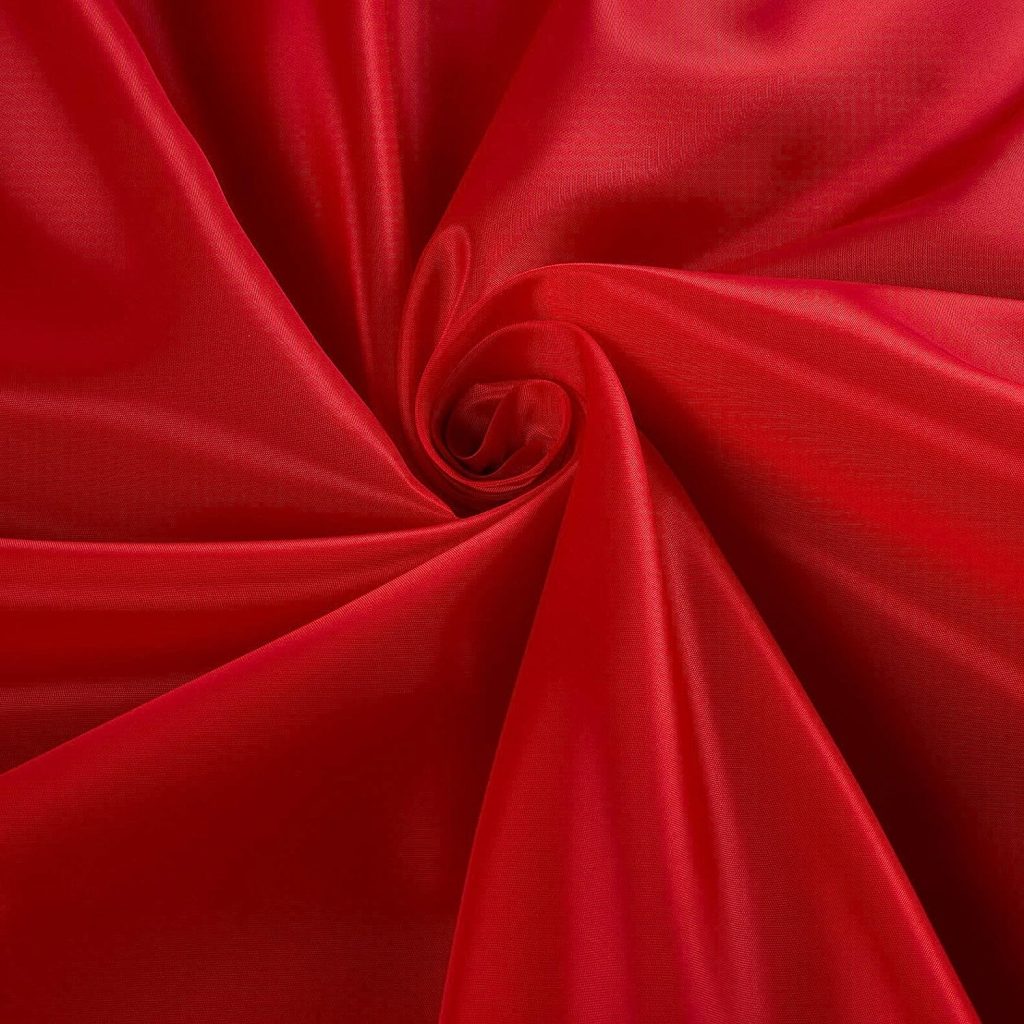The world of fashion is characterized by an array of intricate details that contribute to the overall aesthetic and functionality of each garment. One such important detail that often goes unnoticed is the lining inside the clothing. In this article, we will dive deep into the world of linings, discussing their definition, purpose, and the different types available in the market.

What is Lining?
Lining refers to the inner layer of fabric sewn into a garment to provide a cleaner, more comfortable finish. It is often made from a different material than the outer fabric and serves various purposes in terms of aesthetics, functionality, and longevity. The lining is usually attached to the garment’s inside seams and hem, hiding any raw edges and giving the piece a polished appearance.
Purpose of Lining in Clothing
- Comfort: A lining can make a garment more comfortable to wear by providing a smooth surface against the skin. This is particularly helpful in cases where the outer fabric might be scratchy or irritating, such as with wool or synthetic materials.
- Structure: Lining can add structure and shape to a garment, helping it maintain its form and drape. This is especially crucial in tailored clothing like suits and blazers, where a well-fitted silhouette is desired.
- Clean Finish: The lining conceals the garment’s inner construction, such as seams and raw edges, giving it a clean and polished appearance. This not only enhances the overall look of the piece but also makes it more durable.
- Opacity: In instances where the outer fabric may be sheer or semi-transparent, a lining can provide opacity and modesty by serving as an extra layer of coverage.
- Insulation: For colder climates or seasonal garments, linings can serve as an added layer of insulation, providing warmth and protection from the elements.
Types of Lining Materials
Various lining materials are available in the market, each with its unique properties and benefits. Some of the most common types include:
- Silk: Known for its luxurious feel and natural breathability, silk is often used as a lining material in high-end garments. It drapes well and adds an element of sophistication to the piece. However, it can be delicate and may require special care during cleaning.
- Polyester: A popular synthetic option, the polyester lining is affordable, durable, and easy to care for. It is resistant to wrinkles and can be found in a wide range of colors and finishes. However, it may lack breathability compared to natural fibers.
- Rayon: Another popular synthetic choice, rayon is known for its softness and versatility. It mimics the feel of natural fibers like silk and cotton, making it a more affordable alternative. Rayon lining can provide a smooth, comfortable surface against the skin.
- Cotton: Cotton linings are popular for their breathability and natural feel. They can be found in various weights and weaves, making them suitable for a wide range of garments. However, they may wrinkle more easily than synthetic options.
- Bemberg: A type of rayon lining, Bemberg is known for its luxurious feel, breathability, and anti-static properties. It is a popular choice among high-end tailoring and is often used in suits and blazers.
The world of fashion is enriched with the inclusion of linings, which not only enhance the aesthetic appeal of garments but also contribute to their functionality and longevity. Understanding the different types of lining materials and their specific purposes can help one make informed decisions when purchasing or designing clothing.





